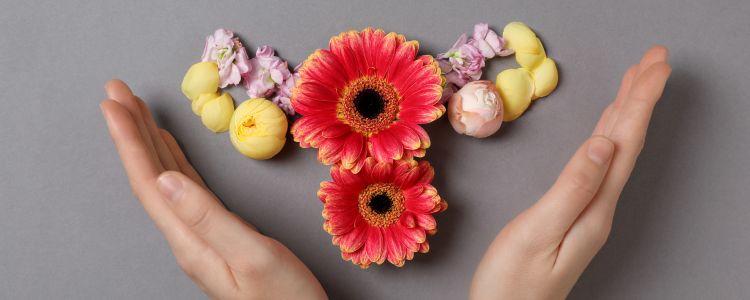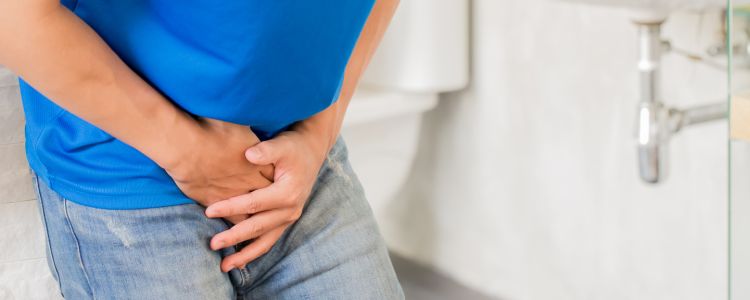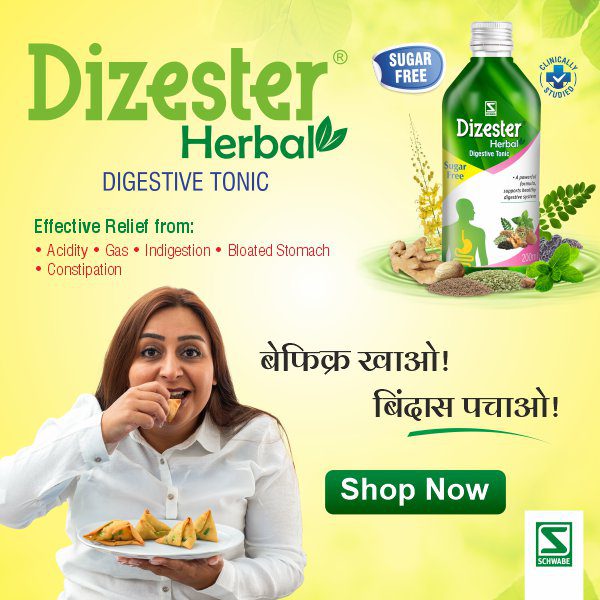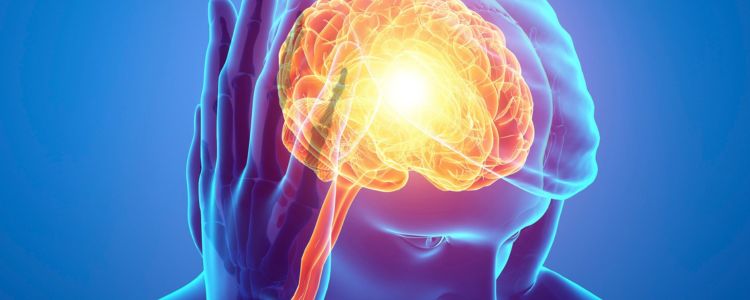
Managing Period Pain Naturally With Homoeopathy For Menstrual Health
- Dr Jeetesh Singh
- No Comments
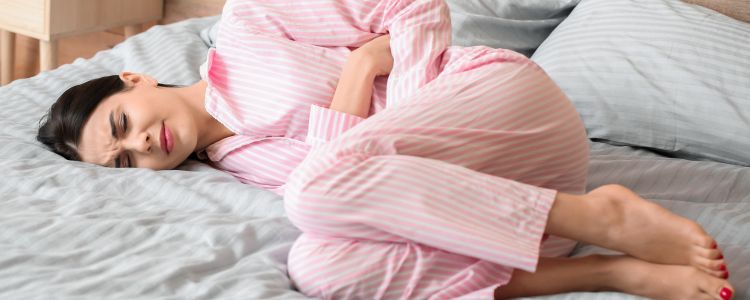
One of the unwelcome guests each month, menstrual cramps, affects about half of all women in India while carrying out simple tasks. Painkillers only help you in the moment, but don’t fix the underlying problem.
However, there’s a way to reduce discomfort and help your body remain balanced. Homoeopathy for menstrual cramps offers an ancient method that is supported by modern science.
For Indian women navigating demanding schedules, hormonal fluctuations, and cultural expectations, homoeopathy offers a discreet, side-effect-free ally. This blog examines five key homoeopathic ingredients, supported by traditional use and clinical insights. We’ll also address how these remedies align with holistic wellness—no jargon, no fluff, just actionable insights.
Table of Contents
ToggleHomoeopathy Resonates with Women’s Menstrual Health
Homoeopathy operates on this well-known principle of “like cures like,” using very diluted natural substances to stimulate the body’s self-healing mechanisms. Unlike conventional pain management, homoeopathy for women’s menstrual health focuses on individualised care. It considers physical symptoms and emotional states, like irritability, anxiety, or fatigue, that often accompany menstrual discomfort.
Key advantages include:
- Non-habit-forming: Safe for long-term use, even for teenagers.
- Zero synthetic additives: Aligns with Ayurvedic and natural wellness traditions.
- Emotional balance: Addresses mood swings and stress linked to hormonal shifts
Also Read How To Reduce Menstrual Pain? Try Homeopathic Remedies
Understanding Menstrual Cramps: More Than Just Pain
Menstrual cramps (dysmenorrhea) occur due to uterine contractions triggered by prostaglandins, hormone-like compounds. For some, it’s mild discomfort; for others, debilitating pain radiating to the back or thighs. Factors such as stress, diet, and genetics can exacerbate symptoms.
Homoeopathy doesn’t suppress prostaglandins, but rather helps the body modulate their production, thereby reducing inflammation and muscle spasms. Let’s explore five clinically recognised remedies.
The Science Behind Homoeopathic Excipients
Homoeopathic remedies aren’t just about active ingredients—excipients like lactose or sucrose play a crucial role. These non-reactive substances:
- Stabilise the active components during dilution.
- Enhance absorption under the tongue or in the digestive tract.
- Ensure safety for lactose-intolerant individuals by using minimal quantities of lactose.
Lifestyle Tips to Enhance Homoeopathic Benefits
Pair remedies with these habits for holistic relief:
1. Warmth Therapy
Applying heat is a time-tested way to soothe menstrual cramps. Warmth dilates blood vessels, improving circulation to tense muscles and easing spasms. A heating pad placed on top of your lower abdomen or a warm sesame oil massage infused with turmeric, known for its anti-inflammatory benefits, can work wonders. In Ayurveda, sesame oil is known for its warming properties, which help pacify Vata imbalances associated with pain. Even a warm bath with Epsom salts, rich in magnesium, helps relax the pelvic floor. Simple, safe, and deeply comforting, heat therapy complements homoeopathy’s gentle approach.
2. Hydration
Staying hydrated is key to flushing out excess prostaglandins, the hormone-like compounds that trigger cramps. Sip ginger-infused warm water throughout the day—ginger’s anti-inflammatory compounds, like gingerols, reduce uterine contractions. Herbal tea, such as chamomile or peppermint, also helps calm the digestive system, easing bloating. Avoid ice-cold drinks, as they can exacerbate muscle tension. For an Indian twist, try “saunf water” (fennel seeds soaked overnight), known to balance hormones and reduce water retention. Hydration isn’t just about water; it’s about choosing fluids that nourish.
3. Yoga
Gentle yoga poses release pelvic tension and boost endorphins, the body’s natural painkillers. Balasana (Child’s Pose) stretches the lower back, while Supta Baddha Konasana (Reclined Butterfly) opens the hips and improves blood flow. Pair these with diaphragmatic breathing—inhale deeply into the belly, exhale slowly—to calm the nervous system. Even 10 minutes of daily exercise can help reduce stress-induced cramping. For busy schedules, try seated twists or Marjariasana (Cat-Cow) to loosen stiffness. Yoga isn’t about perfection; it’s about creating space for relief.
4. Diet
Magnesium-rich foods act as natural muscle relaxants. Incorporate leafy greens, such as spinach and methi, along with almonds, pumpkin seeds, and whole grains like ragi into your meals. Omega-3 sources, such as flaxseeds, curb prostaglandin production, while vitamin B6 in bananas and chickpeas helps regulate mood swings. Avoid processed snacks and excess salt, which worsen bloating. Traditional Indian remedies, such as turmeric milk (haldi doodh) or jaggery (gur) with sesame seeds, also support iron levels and combat fatigue. A mindful diet isn’t restrictive—it’s about fueling your body to harmonise with homoeopathic care.
Also Read How Homeopathy Empowers Women To Regain Hormonal Balance
Final Thoughts: Empowerment Through Natural Care
Menstrual cramps needn’t dictate your life. With homoeopathy for women’s menstrual health, you’re choosing a path that respects your body’s rhythms. Whether it’s the quick relief of heat therapy or yoga, these tips offer more than pain management—they foster harmony.
Why settle for temporary fixes when you can nurture lasting wellness? Explore homoeopathic remedies for period pain, listen to your body, and reclaim the joy of pain-free cycles.

























